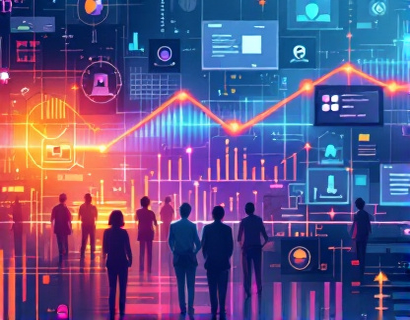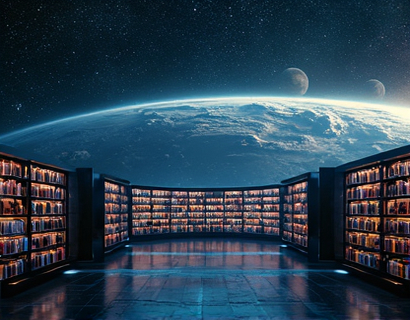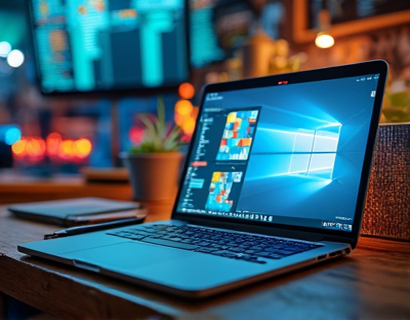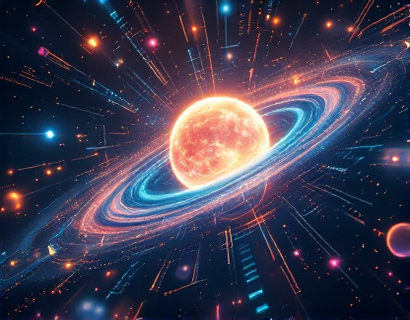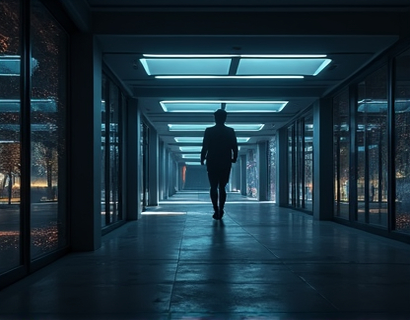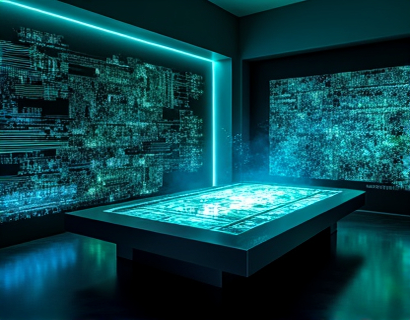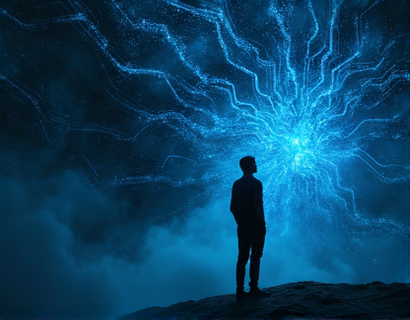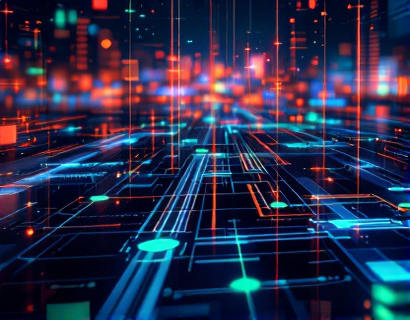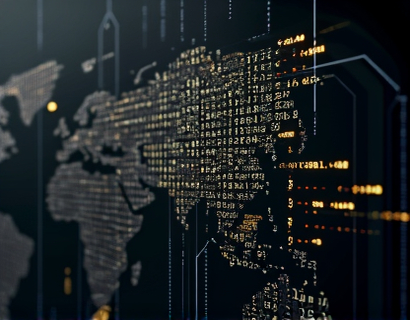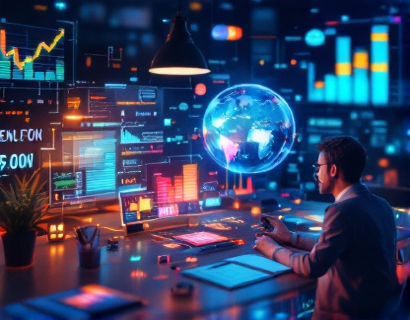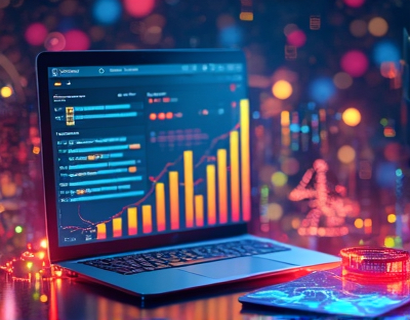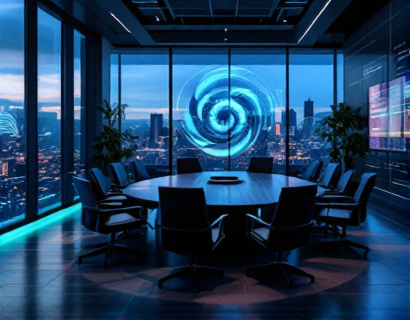Unveiling Egypt's Ancient Secrets Through AI-Powered Insights
The ancient civilization of Egypt, with its towering pyramids, intricate hieroglyphs, and enigmatic pharaohs, continues to captivate the imagination of people around the globe. In recent years, the integration of artificial intelligence in archaeological research and cultural exploration has opened new avenues for understanding this profound heritage. This article delves into how AI-powered insights are revealing the hidden secrets of Egypt, offering a deeper and more nuanced appreciation of its rich history. Complementing this intellectual journey, we also explore the authentic experience of acquiring Egyptian artifacts, ensuring that collectors and enthusiasts can own a piece of this timeless legacy.
AI in Archaeological Research
The application of artificial intelligence in archaeology, particularly in the study of Egypt, has revolutionized the way historians and archaeologists approach their work. AI algorithms can process vast amounts of data, from satellite imagery to textual records, to identify patterns and insights that might elude human researchers. For instance, machine learning models trained on aerial photographs can detect subtle changes in land surface that indicate the presence of buried structures or artifacts. This technology has been instrumental in locating new sites, such as hidden tombs and temples, without the need for extensive and often destructive excavation.
One of the most significant contributions of AI in Egyptology is in the field of epigraphy, the study of inscriptions. AI-powered tools can analyze and transcribe hieroglyphs with remarkable accuracy, even in cases where the carvings are partially damaged or worn. This not only speeds up the process of deciphering ancient texts but also reduces the risk of human error. The ability to quickly and accurately translate and interpret these inscriptions provides invaluable insights into the daily life, religious beliefs, and political structures of ancient Egypt.
Virtual Reconstruction of Ancient Sites
Another exciting application of AI in Egyptology is the virtual reconstruction of ancient sites. Using 3D modeling and computer vision, researchers can create detailed digital replicas of temples, tombs, and other historical structures. These virtual models allow for a more immersive and interactive exploration of Egypt's past, enabling students, researchers, and enthusiasts to "walk" through ancient cities and temples as they once stood. This technology is particularly useful for sites that are inaccessible due to preservation efforts or geographical constraints.
For example, the virtual reconstruction of the Temple of Karnak in Luxor provides a comprehensive view of its architectural evolution over centuries. Users can explore different periods, seeing how the temple was modified and expanded by various pharaohs. This not only aids in understanding the historical context but also helps in preserving the knowledge of these structures for future generations.
AI in Artifact Authentication
The world of ancient artifacts, including those from Egypt, is not without its challenges. The market for antiquities is vast and often unregulated, making it difficult to ensure the authenticity of the items being sold. AI technology is playing a crucial role in addressing this issue by providing sophisticated methods for authenticating artifacts. Machine learning algorithms can analyze various attributes of an artifact, such as material composition, craftsmanship, and stylistic elements, to determine its authenticity with a high degree of accuracy.
One of the key techniques used is radiocarbon dating, enhanced by AI to provide more precise and reliable results. By analyzing the isotopic composition of organic materials found in artifacts, AI can estimate the age of the item with greater precision than traditional methods. Additionally, AI can compare the artifact in question with a database of known authentic pieces, identifying any discrepancies that might indicate a forgery.
This technology is particularly valuable for collectors and museums, ensuring that they acquire genuine artifacts and avoid contributing to the illegal trade of cultural property. It also helps in repatriating artifacts to their countries of origin, supporting efforts to preserve cultural heritage.
Enhancing the Collector's Experience
For those passionate about owning a piece of Egypt's rich history, the integration of AI in the artifact market offers a more informed and authentic shopping experience. Online platforms and e-commerce stores specializing in Egyptian artifacts leverage AI to provide detailed descriptions, high-resolution images, and comprehensive provenance information for each item. This level of transparency builds trust and confidence among buyers, ensuring they make informed decisions.
AI-driven recommendation systems can also enhance the shopping experience by suggesting artifacts based on a user's preferences and previous interactions. For instance, if a collector has shown interest in ancient Egyptian jewelry, the system might recommend a recently authenticated necklace from a specific dynasty, complete with historical context and expert analysis.
Moreover, virtual reality (VR) and augmented reality (AR) technologies, powered by AI, allow collectors to visualize how an artifact would look in their home or collection. This immersive experience helps in making a more personal connection with the item, enhancing the overall ownership experience.
Educational Resources and Community Engagement
Beyond authentication and collection, AI-powered platforms are also dedicated to educating the public about Egypt's ancient secrets. Interactive webinars, online courses, and virtual exhibits are just a few ways in which these platforms are making Egyptology accessible to a global audience. AI chatbots and virtual assistants provide personalized guidance, answering questions and offering insights on various aspects of Egyptian history and culture.
These platforms often feature collaborative features, allowing users to share their findings, discuss theories, and contribute to ongoing research projects. This community-driven approach not only fosters a deeper understanding of Egypt's past but also encourages a sense of shared stewardship over cultural heritage.
Conclusion
The convergence of AI technology and Egyptology is opening new frontiers in our understanding of this ancient civilization. From enhancing archaeological research and artifact authentication to providing immersive educational experiences, AI is transforming the way we explore and appreciate Egypt's rich heritage. For history enthusiasts and cultural explorers, this era offers unprecedented opportunities to delve into the mysteries of Egypt and bring a piece of its timeless legacy into their lives.
As we continue to harness the power of AI, the allure of Egypt's ancient secrets remains as captivating as ever, inviting us to uncover and cherish the wonders of one of the world's most fascinating civilizations.



